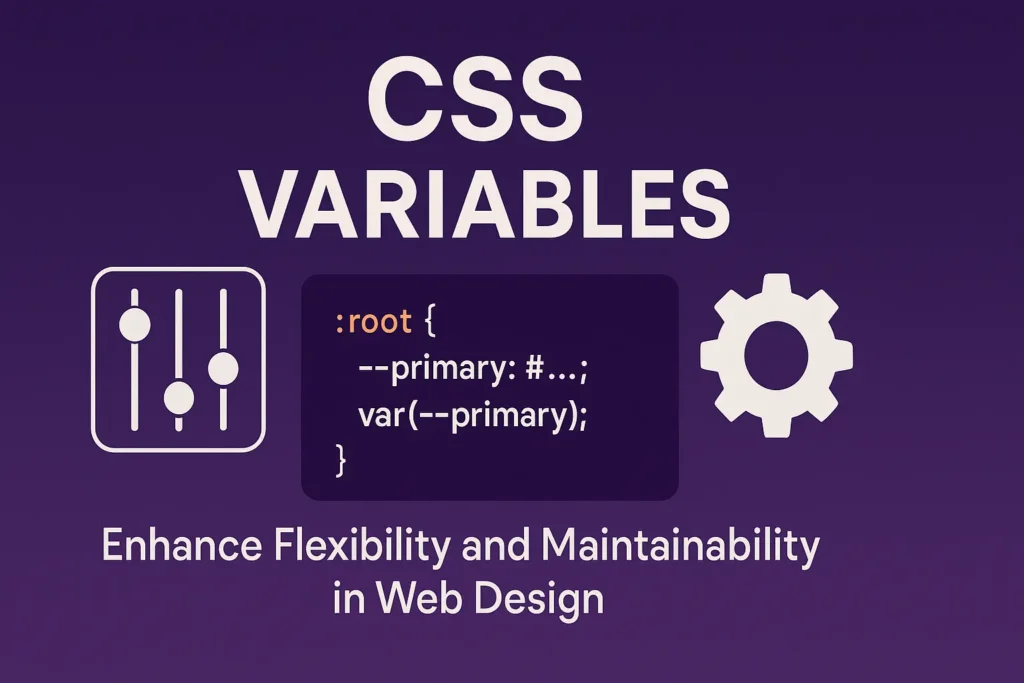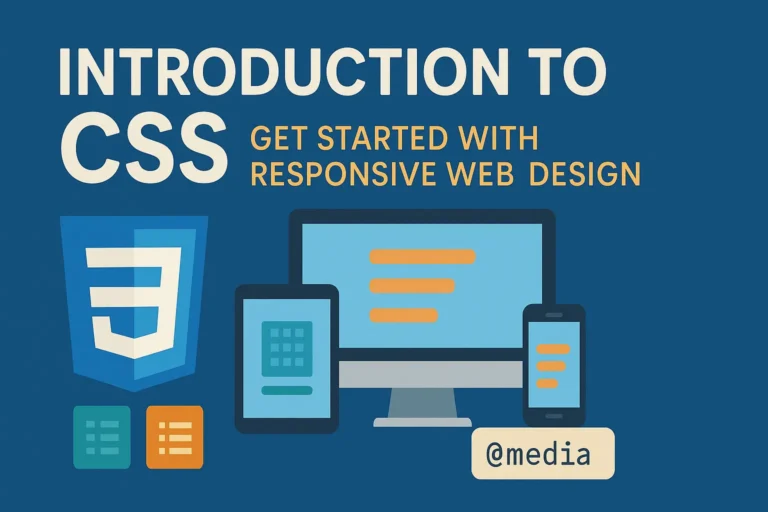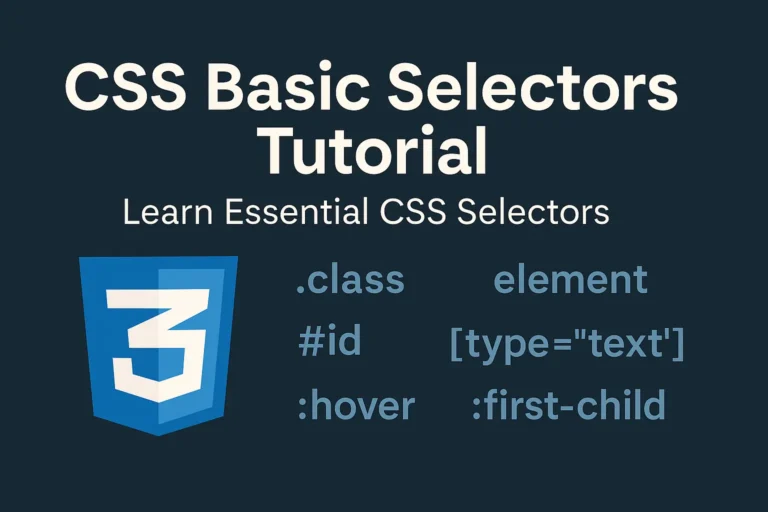Traditionally, CSS has relied on static values, but with the introduction of CSS variables, a new era of flexibility and efficiency has emerged. In this article, we will delve into the world of CSS variables, exploring their introduction, declaration, usage, and the myriad benefits they bring to modern web development.
Introduction to CSS Variables
CSS variables, also known as custom properties, introduce a new way to define and reuse values in CSS. Unlike traditional CSS properties that are hardcoded into stylesheets, CSS variables allow developers to define reusable values that can be referenced throughout the stylesheet. This modular approach offers unparalleled flexibility, enabling dynamic adjustments to styles with minimal effort.
To declare a CSS variable, you use the “–“ prefix followed by a custom name and assign it a value. For example:
:root {
--primary-color: #007bff;
--secondary-color: #6c757d;
}
In this example, we’ve defined two variables –primary-color and –secondary-color with corresponding color values. By declaring these variables within the :root pseudo-class, they become globally accessible throughout the document.
Variable Declaration and Usage
Once CSS variables are declared, they can be easily utilized within any CSS rule by referencing their custom names. This facilitates consistency and simplifies maintenance, as changes to variable values automatically propagate throughout the stylesheet.
/* Using CSS variables */
.element {
color: var(--primary-color);
background-color: var(--secondary-color);
}
Here, the color property is set to the value of –primary-color, while the background-color property is set to the value of –secondary-color. By leveraging CSS variables, we can easily update the color scheme of our website by modifying the variable values in a single location.
Furthermore, CSS variables support fallback values, ensuring graceful degradation in older browsers that do not support variable declarations:
/* Fallback value */
.element {
color: var(--primary-color, #007bff);
/* Fallback to #007bff if --primary-color is not defined */
}
Lorem ipsum dolor sit amet, consectetur adipiscing elit. Ut elit tellus, luctus nec ullamcorper mattis, pulvinar dapibus leo.
Benefits of Using CSS Variables
The adoption of CSS variables offers a multitude of benefits for web developers, including:
Consistency and Maintainability
CSS variables promote consistency by centralizing values and ensuring uniformity across stylesheets. Updates and modifications can be applied globally, reducing the risk of inconsistencies and errors.
Efficiency
By abstracting values into variables, developers can streamline the development process and enhance code readability. This modular approach simplifies maintenance and facilitates collaboration among team members.
Dynamic Styling
CSS variables enable dynamic styling by allowing values to be changed dynamically via JavaScript. This flexibility empowers developers to create responsive designs and interactive user interfaces with ease.
Reusable Components
With CSS variables, developers can create reusable components that adapt to different contexts and scenarios. By encapsulating styles within components and leveraging variables, developers can build scalable and maintainable codebases.
Theme Customization
CSS variables are particularly useful for theme customization, as they enable users to personalize the appearance of websites without modifying the underlying CSS code. By exposing key variables, developers can empower users to tailor the design to their preferences.
Conclusion
In conclusion, CSS variables represent a significant advancement in web development, offering unparalleled flexibility, efficiency, and maintainability. By embracing the power of variables, developers can create robust and adaptable stylesheets that adapt to changing requirements and user preferences. Whether you’re building a simple website or a complex web application, CSS variables provide a powerful toolset for creating dynamic and engaging user experiences. Embrace the future of CSS with variables and unlock a new world of possibilities in web design and development.
Incorporating CSS variables into your projects can greatly enhance their flexibility and maintainability. By understanding the basics of variable declaration, usage, and the benefits they bring, you can leverage them effectively to create more efficient and dynamic stylesheets.






